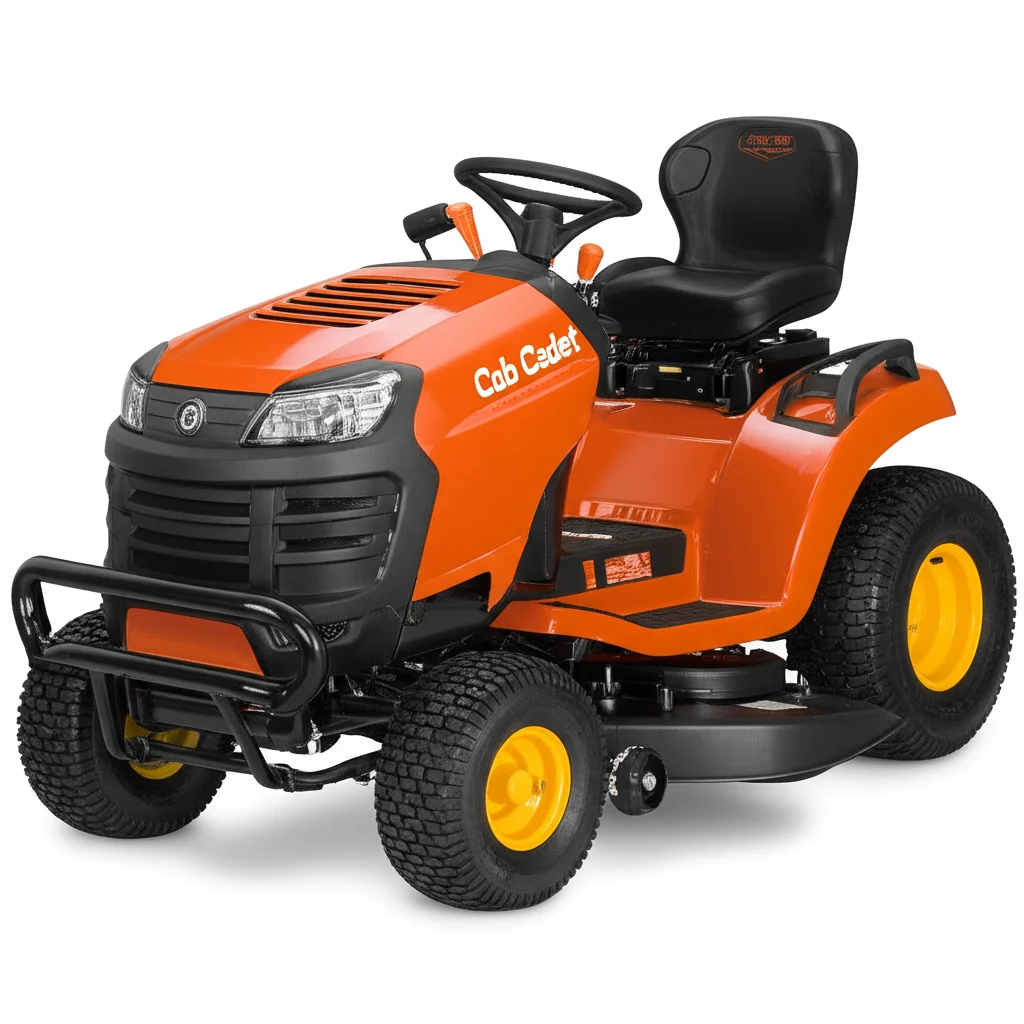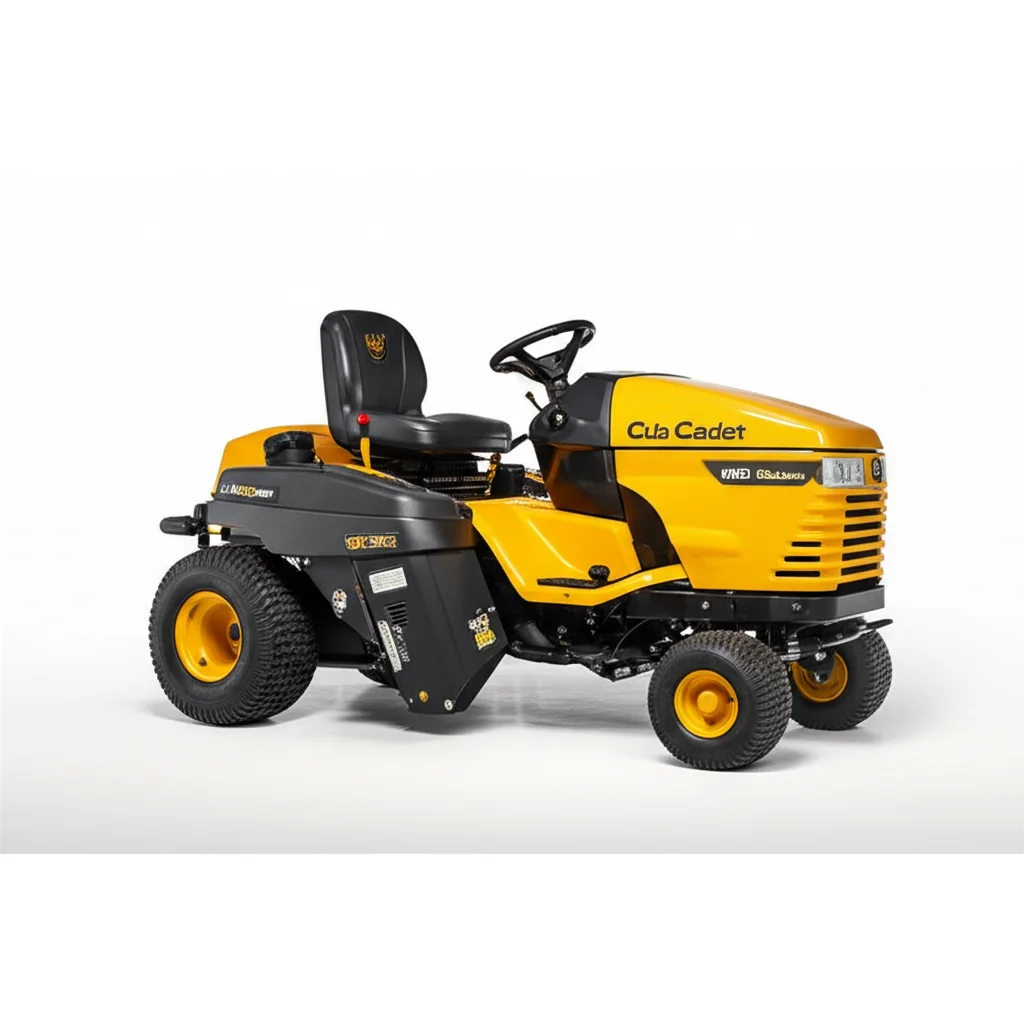· Lawn Mower Repair · 6 min read
Husqvarna Riding Mower Blades Won T Engage

Husqvarna Riding Mower Blades Won’t Engage: A Complete Troubleshooting Guide
Have you ever started your Husqvarna riding mower, ready to tackle your lawn, only to find the blades aren’t spinning? It’s a frustrating experience, but thankfully, often a fixable one. This article will walk you through the common reasons why your Husqvarna riding mower blades won’t engage and provide step-by-step instructions to get them working again. We’ll cover everything from simple checks to more involved repairs, ensuring you can get back to enjoying a perfectly manicured lawn.
Takeaway:
- Check the blade engagement lever and ensure it’s fully engaged.
- Inspect the belt for wear, damage, or slippage.
- Verify the PTO (Power Take-Off) clutch is functioning correctly.
- Examine the spindle for damage or obstructions.
Quick Answer:
If your Husqvarna riding mower blades won’t engage, the most common culprits are a disengaged blade engagement lever, a worn or broken belt, a faulty PTO clutch, or an issue with the spindle. A thorough inspection of these components will usually pinpoint the problem.
1. Understanding Your Husqvarna’s Blade Engagement System
Before diving into troubleshooting, it’s helpful to understand how the blade engagement system works on a Husqvarna riding mower. The system relies on a series of components working together to transfer power from the engine to the blades. This includes the engine, a drive belt, the PTO clutch, and the blade spindles. When you engage the blade lever, it activates the PTO clutch, which then connects the engine’s power to the belt, causing the blades to spin. Understanding this process helps you narrow down the potential causes when things go wrong.
2. The Blade Engagement Lever: Your First Check
Sometimes, the simplest solution is the correct one. The first thing to check is the blade engagement lever. Make sure it’s fully engaged. It sounds obvious, but it’s easily overlooked. Ensure the lever is pushed all the way forward and locked into position. If the lever feels loose or doesn’t click into place, there might be an issue with the linkage or the lever itself. A loose connection can prevent the PTO clutch from activating. If the lever isn’t functioning correctly, you may need to adjust or replace the linkage.
3. Inspecting the Drive Belt for Damage
The drive belt is a crucial component in transferring power to the blades. A worn, cracked, or broken belt will prevent the blades from engaging. Visually inspect the entire length of the belt for any signs of damage. Look for fraying, cracks, glazing, or missing chunks. Also, check the belt tension. A loose belt can slip, preventing the blades from spinning effectively. If the belt appears damaged or loose, it needs to be replaced. Replacing a mower belt is a relatively straightforward process, and you can find helpful tutorials online. For example, if you’re having trouble with other mower functions, you might also want to check out this guide on why your Husqvarna riding mower won’t move forward or reverse.
Belt Slippage and Tension
Proper belt tension is vital for efficient power transfer. If the belt is slipping, it won’t effectively turn the blades. You can often adjust the belt tension using the adjustment bolts on the mower deck. Consult your owner’s manual for specific instructions on how to adjust the belt tension on your model.
4. Diagnosing PTO Clutch Problems
The PTO (Power Take-Off) clutch is responsible for engaging and disengaging the blades. If the PTO clutch is faulty, the blades won’t spin even if the belt is in good condition. A common symptom of a failing PTO clutch is a burning smell. You can test the PTO clutch using a multimeter to check for continuity. If there’s no continuity, the clutch is likely bad and needs to be replaced. Replacing a PTO clutch can be a bit more involved, but it’s still a manageable DIY project for those with some mechanical experience. If you’re experiencing starting issues alongside this, it’s worth checking out this article on Husqvarna riding mower turns over but won’t start.
5. Checking the Blade Spindles for Obstructions and Damage
The blade spindles are the housings that hold the blades. If a spindle is damaged or obstructed, it can prevent the blades from engaging. Inspect each spindle for any signs of damage, such as cracks or bends. Also, check for any debris or obstructions that might be preventing the spindle from rotating freely. Remove any obstructions and repair or replace any damaged spindles. Ensure the blades are securely attached to the spindles. Loose blades can cause vibration and prevent proper engagement.
6. Electrical Issues: Fuses and Wiring
While less common, electrical issues can also cause the blades not to engage. Check the fuse for the blade engagement circuit. A blown fuse will prevent power from reaching the PTO clutch. Also, inspect the wiring for any loose connections or damaged wires. Repair or replace any damaged wiring. If you’re not comfortable working with electrical components, it’s best to consult a qualified mechanic. Sometimes, a simple cleaning of the connections can resolve the issue.
7. Maintaining Your Husqvarna Riding Mower for Optimal Performance
Preventative maintenance is key to avoiding these types of problems. Regularly inspect the belt, spindles, and PTO clutch for wear and tear. Keep the mower deck clean and free of debris. Also, ensure the engine is properly maintained, including regular oil changes and air filter replacements. A well-maintained mower is less likely to experience problems with blade engagement. If you’re having trouble with your carburetor, you might find this guide helpful: How to clean carburetor on Husqvarna riding lawn mower.
FAQ
Q: What does it mean when my Husqvarna mower blades won’t engage, but the engine runs fine?
A: This usually indicates a problem with the blade engagement system itself, rather than the engine. Common causes include a disengaged blade lever, a broken belt, a faulty PTO clutch, or an issue with the spindle.
Q: How often should I replace the drive belt on my Husqvarna riding mower?
A: The drive belt should be replaced when it shows signs of wear, such as cracks, fraying, or glazing. Generally, it’s a good idea to inspect the belt annually and replace it every 2-3 seasons, depending on usage.
Q: Can a low battery cause the blades not to engage?
A: While a low battery primarily affects starting, a significantly weak battery can sometimes cause issues with the electrical system that might impact the PTO clutch. It’s worth checking the battery voltage.
Q: Is it safe to try and fix the blade engagement system myself?
A: Yes, many repairs are DIY-friendly, but always disconnect the spark plug wire before working on the mower. If you’re uncomfortable with any part of the repair process, it’s best to consult a qualified mechanic.
Conclusion
Dealing with Husqvarna riding mower blades that won’t engage can be frustrating, but with a systematic approach, you can often diagnose and fix the problem yourself. Remember to start with the simplest checks – the blade engagement lever and the drive belt – and then move on to more complex components like the PTO clutch and spindles. Regular maintenance is crucial for preventing these issues and keeping your mower running smoothly. Don’t hesitate to consult your owner’s manual or seek professional help if you’re unsure about any step. Getting your blades spinning again means getting back to enjoying a beautifully maintained lawn!


